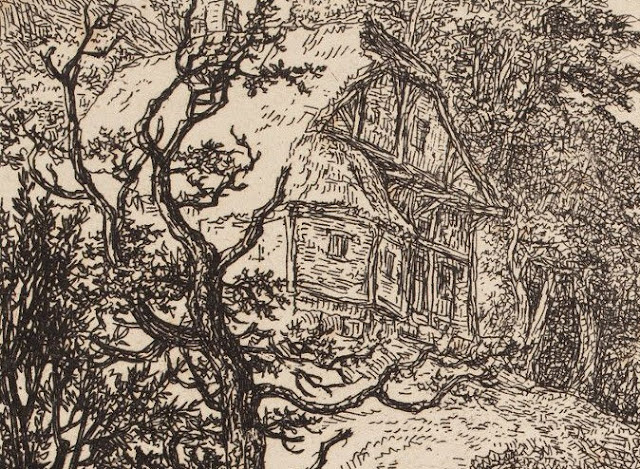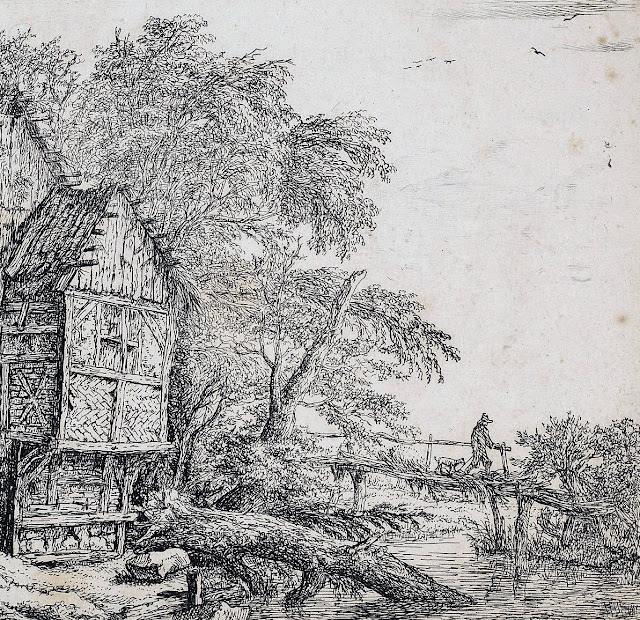In addition to getting through books by my ten remaining Avon/Equinox Rediscovery authors, I managed two non-related books as well. Reading continues to be a major pastime for me, with no end in sight yet for my project, now in its sixth year. As usual, the month began with a novel by Robert Silverberg. Tower of Glass is from 1970, and Silverberg already had captured the essence of a multi-billionaire's ego. Krug is the richest man alive, with ambitions to match his wealth. When a signal from space arrives indicating intelligent alien life, he sets out to build a communication tower. This tower will be able to return a signal faster than light. Krug wants to meet aliens before he dies, or at least talk with them. The tower is being built west of Hudson's Bay, and it's a big one, all right. However, the main theme of the novel appears to be the relationship between the fully human and the somewhat human AIs who do all the actual work. Both themes intertwine to make a fascinating tale of the near future. As we watch today's billionaires compete to be the first in space, and AI intelligence continues to be refined, this is not such a far fetched story 51 years after it was written.
Next I read Kiai! by Piers Anthony, a very early work by him focusing on a judo expert entering a mixed martial arts contest. This work is quite terrible, and no doubt contributed to the disdain and disbelief most people have today regarding martial arts. It is the first of a series, so I might try one more later on. At this point I am trying the first book of each series Anthony wrote before deciding to continue of with them.
Winter In Eden is Harry Harrison's 1986 sequel to West of Eden, his major "what if" series about what might have transpired if the big meteor had not struck Earth. In general I am bored by books about prehistoric humans. But Farmer wrote a great one, and Harrison, a much better writer, has written a wonderful history novel. The characters and races become a bit more complex, and new people are added to the epic tale. All in all a good read, with one more novel in the set to go.
Roller Coaster World is from 1972, and is Bulmer's last single novel. Now I only have his series to attack. Bulmer sort of lost his way lately with exposition, but if readers stick to it, another good, solid SF novel emerges from the initial chaos. At heart it's a hopeless love story, and would make a great film or series. Several of Bulmer's latest books go to a lot of trouble to set up an entire world and culture, only to end it permanently after the first book. He seemed to have a mind for series later on, but managed to keep things to only the first book. This story is about a human colony that thrives on the life-giving radiation a planet gives off. Only the radiation has been dying out, leaving people feeling very poorly, indeed.
E.C. Tubb's Pandora's Box was written in 1954, but not published until the mid 1990s. The story is really constructed well, and involves the smuggling of dangerous spores to Earth from Venus, sent by a mad professor to end all life on the planet. But before we get near that aspect of the story, it begins on the Moon, at a customs station. We meet John Weston, an honest customs agent who has a unique knack for finding smugglers. He is saddled with Marge, a wife who likes to spend big. John was once a space pilot, but lost his commission, along with his big salary. Marge continues to spend regardless. And so we come to the set up. If John will allow one smuggler through, he will be well paid. Once the smuggler has clear access to deliver his package (which he thinks are seeds for illegal drugs), then the story shifts to Venus. A really good tale, by one of the best pulp writers to have ever taken up a typewriter.
Wall Around A Star, from 1983, concludes the Saga of Cuckoo, by Jack Williamson and Frederik Pohl. The series consists of two books, both confusing due to the number of major characters involved, and the number of alien races. It seems unusually cluttered, with enough characters to have lasted for five or six books, if they had been slowly introduced to us over time. But concepts, ideas, plots, characters, and races are all thrown at us quite breathlessly. The central story is excellent, about an incoming solar system size entity about to invade our galaxy. In book one, everything was still pretty much a mystery regarding this object (called Cuckoo by the investigators). Book two provides full explanations for everything, which is a relief. However, some of these explanations are a bit far fetched and difficult to swallow. This second book isn't as fun as the first book, and the series itself is certainly not required reading for diehard SF fans. Still, there is a lot to ponder in here, if you can keep the characters straight in your mind.
Michael Moorcock's conclusion to his 2nd Corum trilogy is called The Sword and the Stallion. It marks a strong finish to a really decent sword and sorcery series featuring a troubled and put upon hero (Corum), helping for the sixth and final time to put down evil and restore decency to the world. The only problem with Moorcock's final solution (as per usual for him), is that the evil has rendered such destruction, mayhem, and murder that there really isn't much of a world remaining. I will continue with his eternal champion theme next month, as I begin a new series with a (mostly) new hero.
Next up was Volume 2 of Ballard's shorter fiction, another 750 pages of mostly very good short stories. I have once again chopped it into three segments, meaning that I still have two months of Ballard reading remaining. Last month I read 14 stories from 1964 to 1968. Despite a few clunkers. The best of them, the ones that should seriously be sought out, include The Lost Leonardo, The Terminal Beach, The Illuminated Man (the first, much shorter version of The Crystal World), The Recognition, and, perhaps the finest story ever written (I know I've said this before with Ballard's works--I can't help it), The Cloud-Sculptors of Coral D.
The Sodom and Gomorrah Business by Barry Malzberg is from 1974, and continues his long winning streak in writing some of the most provocative fiction ever penned. And there is always great storytelling going on, too. This could be considered one of the weirdest road movie plots every created, as two cadets sneak out of their safe training haven in a 1964 Cadillac, and encounter the real world, head on. Inspired by Anthony Burgess and Kubrick, the beginning owes a lot to Clockwork Orange. The rest reminds me a bit of Budrys' writing, with a good solid chunk of Malzberg thrown in the mix, too. A truly awesome writer.
Galactic Cluster contains 8 stories by master SF writer James Blish, all from the 1950s. Six of the eight are truly fantastic tales, still resonating after almost 70 years! Common Time, A Work of Art (Iain Banks??), Nor Iron Bars (in which a space ship ends up orbiting inside an atom!), Beep, and This Earth of Hours would all go on to influence SF writing for decades to come. It's easy to see how and why.
Now we turn to the two books read not relating to my overall reading project. These are books that have been on my reading shelf for years. I am trying to clear off that shelf (about 20 books remaining on it), and it is slowly happening. The hard part is trying not to add anything new to it! Most new books are going on my Kindle, once the hard copies are read. Even though I hope to read the complete Jules Verne (Kindle, $1.00), I had a hard copy of Carpathian Castle, a science based Gothic horror novel set in and near a small Carpathian village. The story is told with humour, especially regarding the superstitious beliefs of the locals, but all the usual Gothic nonsense is also included. The book is hard to put down once begun. Despite all of the weird things that (seem) to go, they all have a scientific basis, explained at the end. But the book's main flaw, which isn't explained, is why the (bad) Baron had to blow up his castle at the end. He actually had done nothing wrong! I am going to use parts of this story in my upcoming third Valeria the Vegetarian Vampire story, as her family goes to Eastern Europe on holiday.
Lastly comes a truly amazing and wonderful book by Kenneth Grahame, illustrated by Maxfield Parrish, called The Golden Age. When we were studying for our education degree back in 1979-80, we learned all of the major theories of learning, and how children's minds work at different stages of their lives. Piaget comes to mind here, especially as to his theory about concrete versus abstract thought processes. This Grahame novel consists of many very short tales of childhood adventures and doings, wonderfully told (for adults) from a child's perspective, and illustrating better than anywhere I have ever seen exactly how children think concretely. There are continuous laughs on every page, as well as some of the tenderest moments one could ever hope to live through. This book is a real treasure, published by Dover. I bought it new years ago from a store in Detroit, and wish I'd read it when I was still teaching. It should be required reading for beginning teachers.
That (almost) takes care of this month's reading. But I am going to add a new feature starting this month, for those of you not willing to tackle by Avon/Equinox webpage (see left margin for a link). I will choose the best cover of books read over the past month, and post it here for your viewing pleasure.
Best cover of the month award goes to Charles Moll.
Mapman Mike
















































